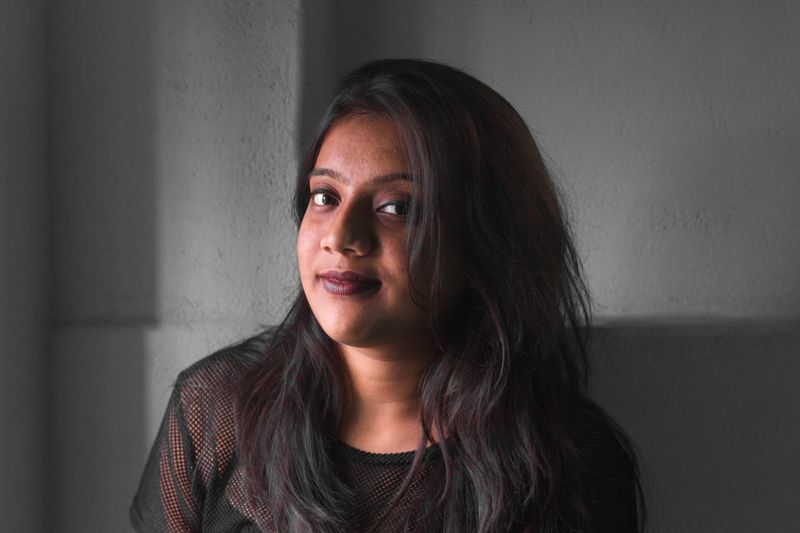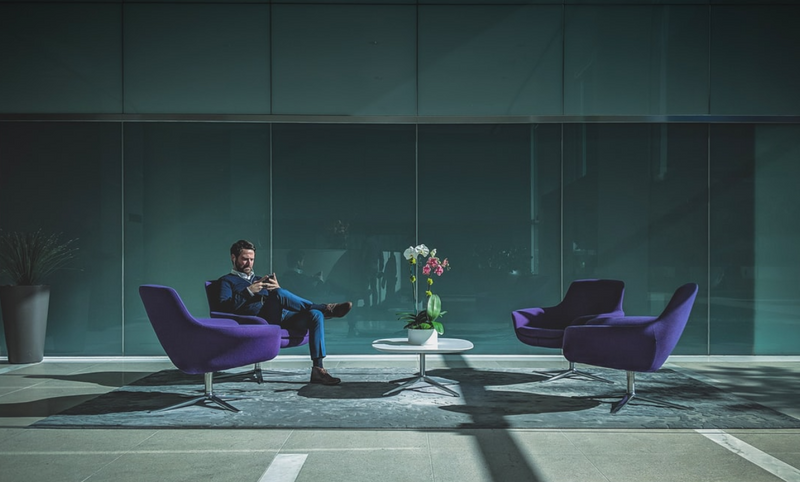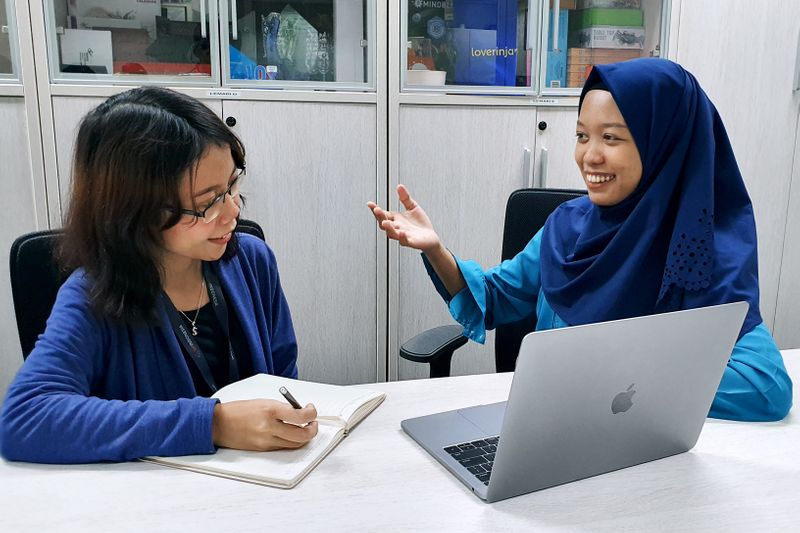
This logo isn't an ad or affiliate link. It's an organization that shares in our mission, and empowered the authors to share their insights in Byte form.
Rumie vets Bytes for compliance with our
Standards.
The organization is responsible for the completeness and reliability of the content.
Learn more
about how Rumie works with partners.

Do you have an upcoming interview for an international job?
Or a key meeting with someone from a different culture?
Body language can play an important role.
Body language is non-verbal communication. Handshakes, eye contact, and facial expressions can send powerful messages. Your body language introduces you before you even speak.
There are cultural differences in how people use body language to communicate. Sometimes it’s obvious, but more often it's not. So before you start practicing the perfect handshake for your next interview, here's what you need to know...
Greeting With A Handshake
In Canada and the US, a firm handshake is seen as strong and confident. It can convey mutual trust and respect.
In Turkey, a firm handshake is considered rude and aggressive. It's not unusual for a person to maintain the handshake so long that they start holding your hand. It’s a gesture of friendship.
In Japan, China, and the Philippines, a weak handshake is preferred and people often hold on to the handshake longer.
In France, shake hands quickly and lightly. If you are close, a kiss on both cheeks is appropriate.
In Australia, shake firm and fast. Women may not shake hands with other women.
In Thailand, never shake hands. The person will offer a “Wai” which is placing palms together at chest level and bowing.
In China, age matters, so greet the oldest people first. A light grip and slight bow are normal.
In Russia, a handshake is rarely done between opposite sexes as men shaking hands with women can be seen as impolite.
Brazilians offer a firm handshake and maintain eye contact.
In Mexico, a long lasting handshake is customary. If you are a man this can be followed by a hug.
In India, the "Namaste" gesture combined with a slight bow is used in place of handshake.
In the Middle East, men typically do not shake hands with women outside their family. Otherwise a gentle handshake is typical.
In some African countries, a limp handshake is the standard. Handshake protocol in Africa varies.
Handshakes are as diverse as the people that initiate them.
Quiz
How do people in China prefer their handshakes?
Weaker handshakes are preferred in China. Often, people shaking hands will hold on for a period of time after the initial handshake has ended.
Making Eye Contact
 Photo by Asit Khanda on Unsplash
Photo by Asit Khanda on UnsplashIn some countries, making eye contact is a sign of confidence and attention.
If someone looks away while talking to you it might indicate that they are disinterested.
In other countries, avoiding eye contact is a sign of respect for bosses and elders.
Eye Contact Differences by Culture:
Longer eye contact is normal in many regions such as the Middle East, Europe and countries in the Western hemisphere.
Eye contact is used somewhat carefully in African and Middle Eastern countries, as well as Korea and Thailand.
Eye contact is used carefully in most of the Far East.
Quiz
How much eye contact should you aim to make during an interview in Canada?
Eye contact less than 40% of the time and you might be seen as shy or not trustworthy. More than 60% of the time and the interviewer could feel stared at or put on the spot.
Sitting Positions And Personal Space

Be aware of your sitting position and posture during an interview.
When it comes to personal space, what is normal in one country can be uncomfortable in another.
Sitting Positions and Personal Space Differences by Culture:
Sitting with crossed legs is common in North American and European countries.
Sitting cross-legged is seen as disrespectful in Japan, especially in the presence of someone older than you.
Showing the soles of your shoes or feet, which are considered dirty, can offend people in the Middle East.
In China, it's common for people to stand very close to one another.
In Japan, it’s common to stay farther apart. One reason is the need for extra space to bow when greeting others.
Latin American cultures use a lot of touch in normal conversation. When speaking to someone from a Latin American country, be prepared to stand very close.
In North America, it is important for people to keep their personal bubble and keep a certain distance during a conversation.
Quiz
What is the best sitting position for an interview with someone of unknown nationality?
The best sitting position for an interview is a straight posture, leaned forward slightly to show interest, with both feet on the ground. Slumping could indicate disinterest. Reclining could indicate boredom. Crossing your legs could reveal the bottom of your feet which can be offensive to some. With a long interview, you might need to re-cross your legs which can be seen as fidgeting or nervousness.
Did you know?
Nodding In Dis/agreement

Nodding your head while speaking can be a good way of supporting your words or adding meaning to them especially during an interview. But nodding doesn't signal agreement in all countries.
Head Movement Differences by Culture:
In many countries, nodding your head means “Yes” or that you are in agreement. But for Bulgarians and Greeks it means the opposite.
Indians often tilt their head from side to side to confirm something and demonstrate that they are actively listening.
In Japan, a head nod means that you have been heard, but not necessarily that there is agreement.
In Cyprus, Iran, and Turkey, a single nod of the head up (not down) indicates a "No".
Did you know?
Take Action
For any interview, in whatever country it happens, it's important to feel comfortable and display good manners. Understanding cultural differences can improve a first impression and make you more successful.
For your next big interview, research the background of the organization where you want to work. Consider the nuances of body language as you prepare.

This Byte has been authored by
Margaret Proffitt
Learning Designer | Travel Junkie | Book Lover